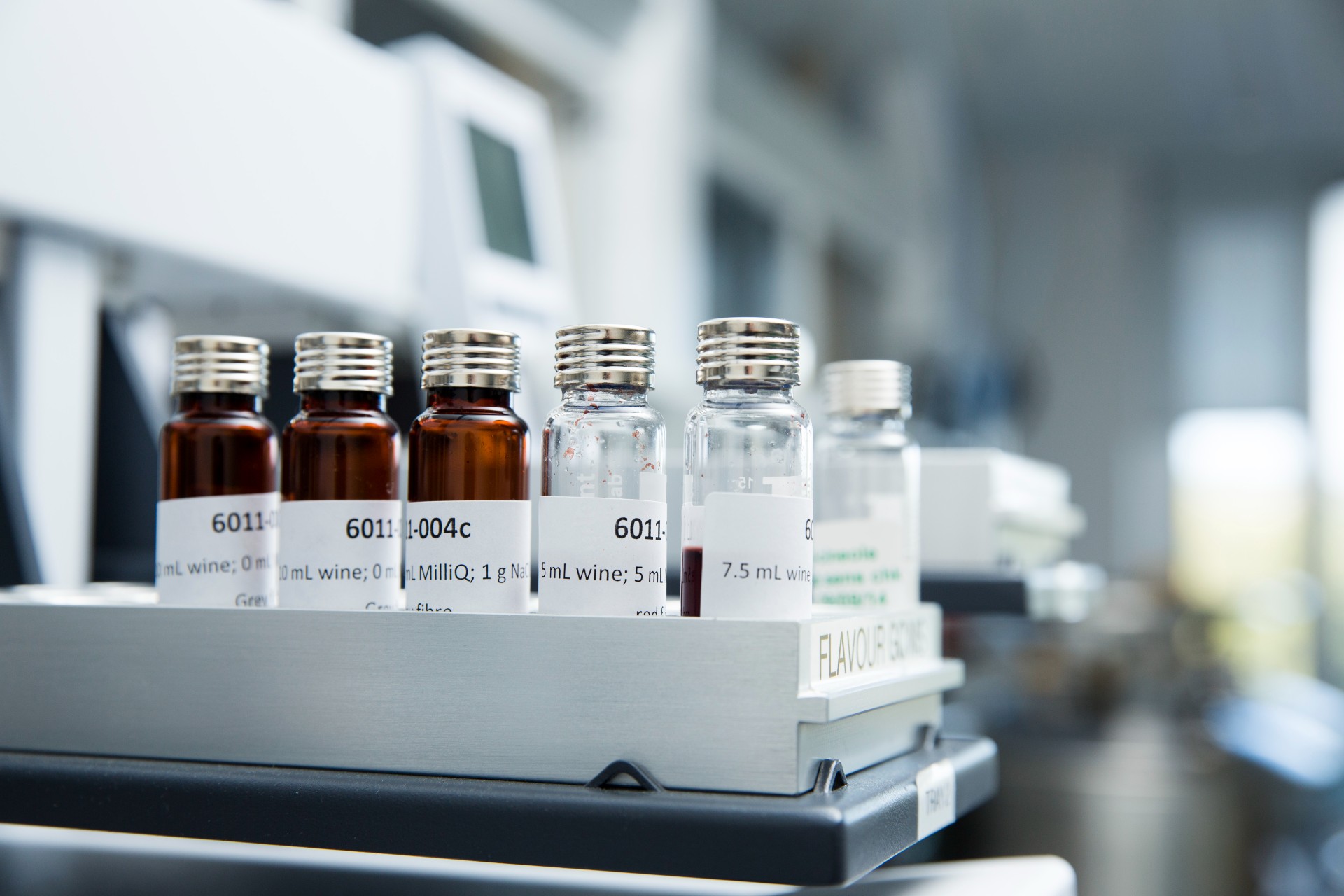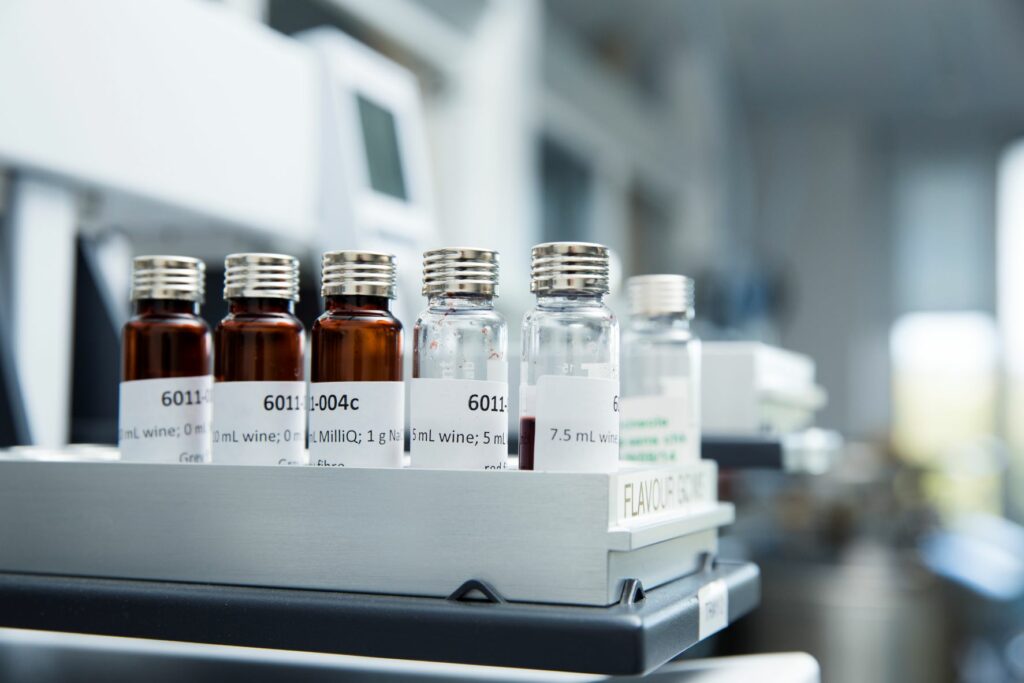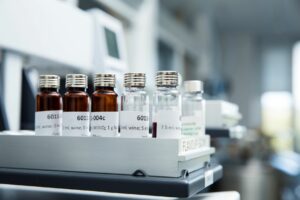
4-ethylphenol and 4-ethylguaiacol are products of metabolism by Brettanomyces yeast. 4-ethylphenol is responsible for the ‘sweaty saddle/band-aid’ aroma of red wines when present in high concentration, and is generally regarded as detrimental to wine quality. Analysis of wine in barrels will determine whether this compound has been formed in high concentration during maturation and may indicate the need for changes in how the wine is subsequently handled, including blending options, sterile filtration or sulfur management. These compounds can be analysed separately to the oak flavour compounds where the latter is not required.
How does the analysis work?
The analytical method uses headspace-solid phase microextraction (HS-SPME) combined with GCMS analysis to only detect these volatile compounds. Alternatively, a simple liquid-liquid extraction can be performed to extract these same compounds.
How can this analysis assist winemakers?
The analytical results will enable winemakers to determine significant barrel-to-barrel variation in perceived wine quality. Differences may be due to Brettanomyces activity. Analysis of wines during barrel storage may provide information that will enable winemakers to manage sulfur levels and capture early signs of Brettanomyces activity.
Sample submission
If submitting samples for 4-EP and 4-EG analysis and any associated microbiological testing, such as PCR-based Veriflow, BrettCount or plating for Brettanomyces, please send duplicate samples to avoid potential delays in results. Samples for microbiological testing are unable to be opened prior to these tests being performed, due to the risk of contamination and ‘false positive’ results. This can lead to delays in the 4-EP/4-EG analysis when a single sample is submitted. Duplicate samples will enable each replicate to be handled separately without compromising on turnaround time or results.



